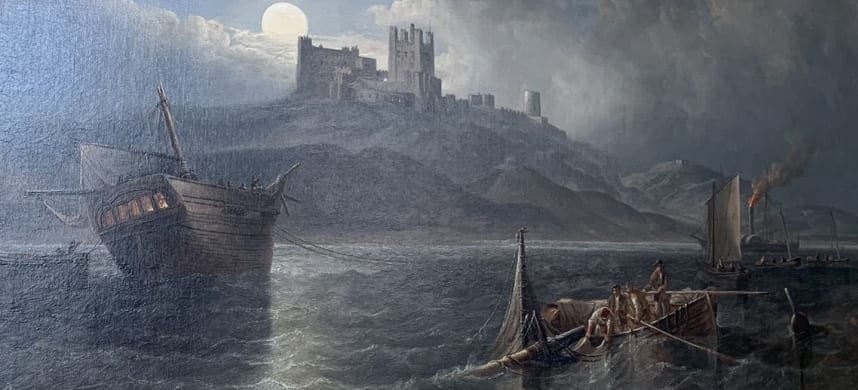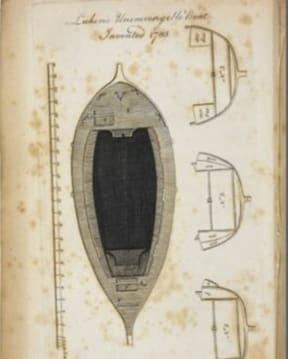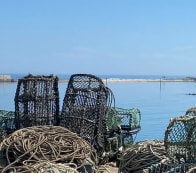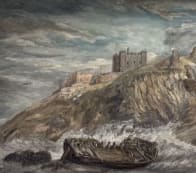Aid for Seafarers
In the 1750s Bamburgh Castle was a ruin and Thomas Sharp, as trustee of the Charity, undertook sufficient repairs to ensure the Castle was a visible landmark for sailors.

In 1760 John Sharp persuaded the trustees that rather than allow locals to remove wreckage from the shore, it should all be laid up in the castle until it could be reunited with its owner. He was also known to provide funds to shipwrecked sailors in distress.
In 1765 the trustees arranged for two men to be paid to ride the coast during storms to provide assistance to ships in distress and to bring shipwrecked persons to the castle for shelter, supplying them with everything they needed for a week after the shipwreck. By the mid-nineteenth century survivors of shipwrecks were being put up in public houses, rather than the castle.
The aid to seafarers expanded with chains to bring stranded ships up onto the beach, pumps for removing water from them and a signal gun to be fired in fog all being provided.
During the American War of Independence, there were fears of French landings on the Northumbrian coast. Bamburgh Castle was made an alarm post, using a system of flags to convey information up and down the coast. There was a watchman on the East Turret with a tar barrel to be lit in case of alarm. Heavy guns were set up to protect ships running inshore to avoid capture.
The Lukin Lifeboat
In 1789 Archdeacon Sharp, on behalf of the Trustees, commissioned a lifeboat from Lionel Lukin, who had patented his “unimmergible” boat four years earlier incorporating pockets of air in watertight compartments and buoyant gunwales, with cork and other lightweight materials in the construction. He also included a false iron keel for additional weight to help keep the boat upright.
A fishing coble was converted using Lukin’s system and stationed at Bamburgh to assist in saving lives from shipwreck. This converted coble served a number of years as a lifeboat, making it the first known lifeboat and Bamburgh Castle the first lifeboat station of the time.
You might also be interested in
The history of Seahouses
The Sea Houses were developed as the Trustees invested in growing the importance of North Sunderland harbour in the 19th century, later becoming the better known place name.
Our archives
Within our archives, which are deposited with Northumberland Archives, Woodhorn, the efforts of our early trustees to help shipwrecked mariners are recorded.


